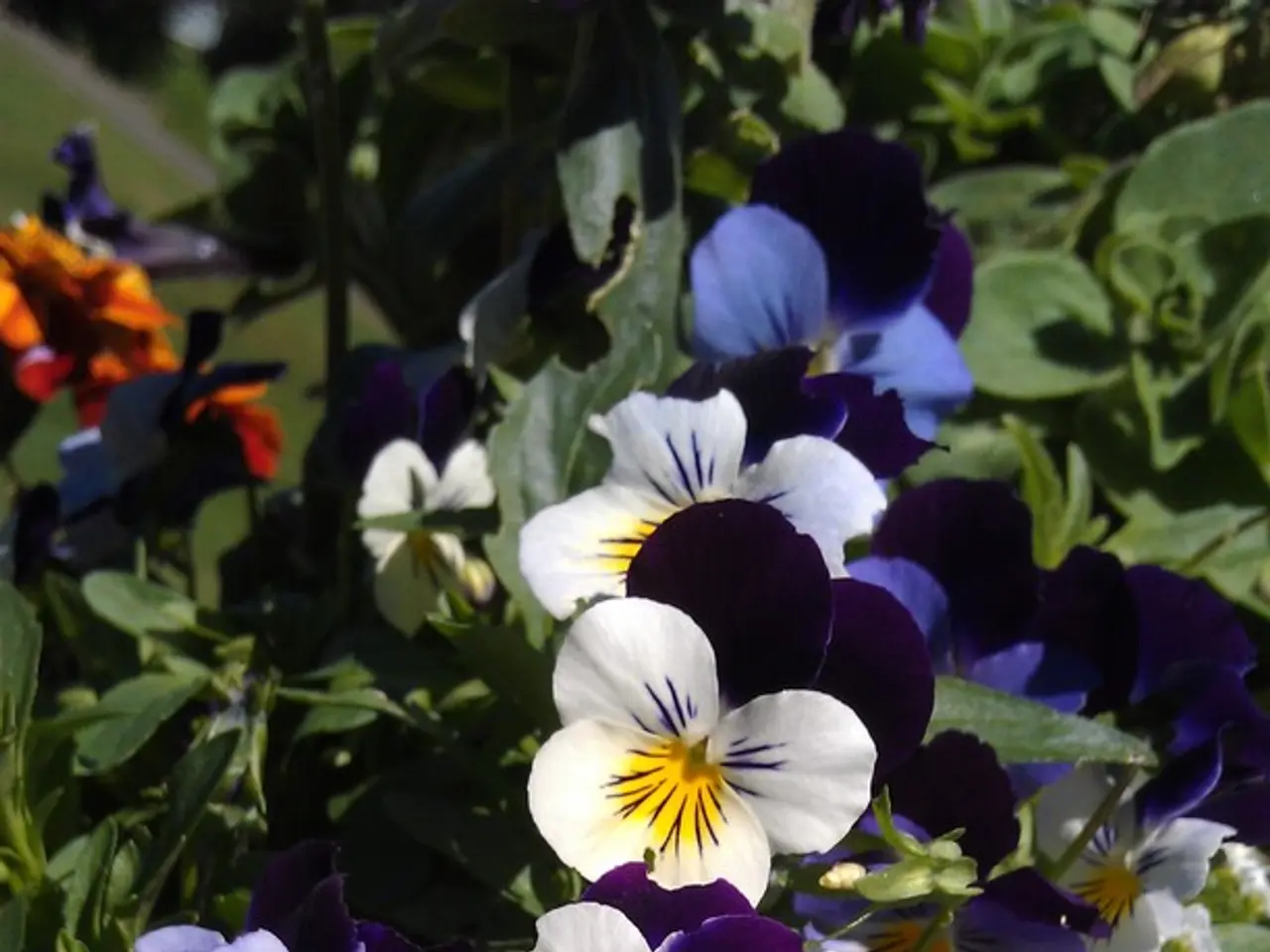Cultivate Cornflowers: Guiding You Through Cornflower Care
Growing and Caring for Bachelor Buttons: A Guide
Bachelor buttons, scientifically known as Centaurea cyanus, are a charming addition to any garden. These vibrant flowers, known for their blue, pink, purple, and white blooms, thrive in the right conditions. Here's a guide to help you grow and care for these bee-friendly plants.
Growing Conditions
To cultivate bachelor buttons successfully, they require full sun exposure, with at least 6 hours of direct sunlight daily, and well-draining, loose soil to support root development. It's essential to loosen the soil before planting to ensure optimal growth.
Propagation and Sowing
Bachelor buttons are typically grown from tiny seeds, which can be sown directly outdoors or started indoors in pots near a sunny window and then transplanted after frost. Seeds should be sown about 1/4 inch deep. These plants can self-seed if you leave flowers to mature and drop seeds, potentially returning year after year in some climates.
Care and Maintenance
Water well initially to aid germination, and once established, provide about an inch of water per week. Watering in the morning is best. Sow seeds about 2 to 3 inches apart, and mature plants need spacing of 6 to 12 inches for good air circulation and growth.
Bachelor buttons do not require pruning but can be pinched back early in the season to promote compact, bushy growth. Sowing bachelor button seeds indoors can be done in late winter, or they can be sown directly into the garden as soon as the soil can be worked.
Additional Notes
Plants grow to about 1 to 3 feet tall, depending on the variety. Bachelor buttons are most reliably propagated by seed. Sudden changes in the appearance of bachelor buttons may denote the presence of disease, most of which is related to growing conditions such as poor drainage or nutrient deficiencies within the soil.
Mature bachelor button seed drops from plants freely and is almost guaranteed to re-seed in most regions. Hardiness zones for bachelor buttons: Annual, USDA zones 2-11. Bachelor buttons only seldom require supplemental irrigation, but may benefit from weekly watering in regions with frequent heat or prolonged periods of drought.
In regions where winters are mild, gardeners find success with planting bachelor buttons in the fall. Bachelor buttons can be affected by common garden insects like aphids or mealybugs. In gardens where winter weather is more severe, growers need to wait until spring before planting.
Plant Characteristics
Bachelor buttons are tolerant of cooler temperatures and light freezes. They are tolerant of humidity, but may succumb to fungal disease where air flow between plants is inadequate. The plants spread over 12-24 inches (30-61 cm).
In summary, bachelor buttons are straightforward to grow from seed with basic care: full sun, loose well-drained soil, moderate watering, and spacing. Starting indoors or direct sowing after frost are common propagation methods. Seeds are easy to handle and fairly prolific, enabling a vibrant summer bloom in your garden or containers.
Incorporating bachelor buttons into your home-and-garden lifestyle, or even your lifestyle as a whole, can be a rewarding experience, as they're equally pleasant in gardens and containers. After successful cultivation, these plants can also contribute to your home-and-garden's homegrown charm through self-seeding, potentially returning year after year in the right climates, much like in a flourishing home-and-garden environment.




